Integrate lighting controls into smart homes
A smart lighting solution seeks to create a digital ecosystem where smart lights installed across a living space can collaborate with each other and allow seamless integration with the smart home system. A smart home is a context-aware environment where lights, thermostats, air conditioners, fridges, home theater systems, security elements (cameras, alarms, locks), and other smart systems, appliances and devices all automate in tandem with one another to make the living space comfortable, enjoyable, safe and secure. A smart home is an evolution of traditional home automation. It embraces the concept of the Internet of Things (IoT) to tie together automation on audio-visual and entertainment systems, energy management and climate control systems, home appliances and service robotics, lighting and window control systems, healthcare and assisted living systems. The role of smart lighting is to adapt in a holistic way the luminous environment to user needs, the changing contexts and the collaborative requirements from other home automation applications.
Light is indispensable to all life
Light transports electromagnetic radiation of visible wavelengths to create visually, emotionally, and biologically stimulating environments which influence human behavior, satisfaction, psychology and physiology while defining space and architecture. Nowhere is the influence of lighting greater than in a living space, where people retreat from the chaos and stress of the outside world to recharge and relax. In the private residence, electric light is the key medium used by the eye, and thereby the human mind, to interpret the environment and create worlds of perception.
At its most basic, residential lighting design should fulfil visual needs. The art of residential lighting is much more than simply specifying the illuminance level required to visually illuminate a task. A variety of equally important factors, including luminance, uniformity, color, contrast, glare and adaptation, should be addressed as well. The innate needs of human beings are complex and fluid. Beyond taking care of basic visual requirements, lighting should support health and wellbeing, enhance aesthetic perceptions of the surroundings, foster mood and atmosphere, contribute to social interaction, and promote safety and security.
A strategic blend of different lighting layers
Delivering flexible lighting to dynamically support the selective perception of human beings is always at the forefront of lighting conversations. Light delivery in residential spaces is no longer static but flexibly adaptable to diversified needs and preferences from the habitants. Lighting designers have been creating flexibility and satisfying multiple illumination requirements by composing the lighting itself in layers. Integrating and balancing the mix of ambient, task and accent lighting into a room can establish visual hierarchies, support flexible use of a space and cultivate visual interests.
In interior spaces, ambient lighting is the base layer that provide general illumination to allow visually comfortable, hazard-free movement throughout a room while casting a background glow to set off other layers of light. Task lighting supplies an adequate amount of illuminance to ensure visibility of critical task details. Accent lighting creates luminance contrast to develop visual interests, establish focal points and reinforces design aesthetics.
Outdoor lighting has a more enriched composition. Area lighting can extend the use of yards, decks, patios, pools, sitting areas and other outdoor spaces longer into the night. Security lighting is used for identification of potential threats and acts as a psychological deterrent to intruder ingress. Path and step lighting allows people to safely navigate through the property. Landscape lighting unifies the relationship between the indoors and outdoors. It enhances the environment through a combination of lighting techniques, including spotlighting, uplighting, moonlighting, silhouette lighting, shadowing, spread lighting, wall grazing, etc.
Human centric lighting (HCL)
Light not only provides visual sensation, but also exerts control over human physiological processes. The discovery of a third photoreceptor (besides rods and cones) in the eye, called the intrinsically photosensitive retinal ganglion cell (ipRGC), led the trend of lighting into the era of human centric lighting (HCL). ipRGCs are central to circadian phototransduction, the process that converts light into electrical signals for the suprachiasmatic nucleus (SCN) in the part of the brain where the human master biological clock (central pacemaker) is located.
The SCN serves as the master synchronizer of the numerous peripheral clocks (oscillators) throughout the body via humoral, endocrine, or neural signals. It drives rhythmicity the functioning of peripheral organs and entrains them to an appropriate phase relative to each other and the external environment. The interplay of central and peripheral clocks has a profound effect on human metabolism, biochemistry, endocrinology, physiology, and neurobehavioral performance. Maintaining the sequential and phase-relation ordering of the body’s circadian rhythms and entraining the entire circadian timing system to the daily 24-hour light/dark cycle are critical to coordinated body function and hence our health, well-being and performance.
The circadian system is organized in a hierarchical architecture governed by the brain’s interpretation of the dynamic changes in the spectral composition and intensity of light throughout the solar day. HCL controls and optimizes circadian entrainment by reproducing the dynamics of natural daylight to improve mental and emotional conditions, enhance cell metabolism and proliferation, promote restorative sleep, and support long-term health.

LED lighting sparks off a rainbow of exciting possibilities
A new way of thinking in residential lighting design is imperative, whether to maximize the flexibility of use of a space with layered illumination or to bring the dynamics of natural daylight into an interior living environment with the aim of supporting human circadian rhythms. Technology is at the core of evolution in design philosophy. As LED lighting comes to fruition, an infinite array of design possibilities in both function and form exist for us to turn everyday function-centric lighting into an extraordinary experience.
LEDs are solid state devices that take advantage of the energy difference (bandgap) between the conduction and valence bands of semiconductors to produce light. When a forward voltage is applied across a p-n junction, electrons in the n-type semiconductor layer and holes in the p-type semiconductor layer are injected into the quantum well where they recombine to release radiant energy. Electroluminescence occurring in p-n junctions of direct bandgap semiconductors has a high quantum efficiency, which corresponds to a high luminous efficacy when the relatively narrow spectrum of the LED chip is shifted and/or spread in wavelength through phosphor conversion within a device package. Through bandgap manipulation of quantum wells, an LED chip (semiconductor die) by itself can be engineered to emit monochromatic light in any color.
LEDs work natively with lighting controls with any level of sophistication due to their instantaneous response to changing current, high dimming performance and exceptional electrical switch durability. Just as the ability to control the spectral composition of the emitted light is a landmark feature of LED lighting, the highly controllable illumination afforded by the use of LEDs is a phenomenal capability that brings lighting to the forefront of digital transformation.
Dynamic lighting
The ability of LEDs to work seamlessly with electronic logic circuits (via the LED driver) makes it possible to build more features and capabilities into lighting systems. The lighting functionality of smart LED lights is no longer limited to simple changes in luminous intensity. Multiple LED primaries can be used in combination to produce a tunable spectrum of light through intelligent color mixing. A digital controller regulates the current to the individually driven component LEDs and thus their emissions are mixed at a correct ratio for reproduction of predictable colors. Intelligent color mixing allows the spectral power distribution (SPD) of a multi-emitter LED system, and hence the color, to be altered in addition to its intensity. The spectrum can be fine-tuned to a particular static color or dynamically adjusted to create colorful sequences. This technical ability can be used for scene setting, atmosphere creation, artistic expression, and stimulation of non-visual responses in humans.
Interior lighting systems such as ceiling lights, wall lights, recessed lights, floor lamps and table lamps may be equipped with color mixing light engines to provide warm dimming (dim-to-warm) or tunable white capabilities. Warm dimming replicates the dimming behavior of thermal radiators such as incandescent or halogen lamps to create intimate environments. Tunable white lighting exercises independent control of both the correlated color temperature (CCT) and intensity of white light. This technology is used to simulate the changing rhythms of daylight, allowing the luminous environment to engage with human physiological and psychological responses for HCL applications. A smart HCL system can be programmed to mix white LEDs with different CCTs in one package/module at an appropriate ratio and deliver the right amount of bioactive blue light at the right time of day. It’s primarily short wavelength light in the blue spectrum that influences circadian entrainment. Secretion of melatonin, which acts as the main internal synchronizer of the peripheral clocks with the SCN, is controlled by manipulating the quantity and timing of exposure, and duration of exposure of the eye to bioactive blue light. In the outdoor spaces, smart landscape lights can be designed as RGB, RGBW, RGBA or RGBWA full-color tuning systems to create engaging experiences through the influence of dynamic lighting.
Software-based control zoning
Today’s smart lighting resides happily at the intersection of solid state lighting and digital networking. They work together to deliver digital lighting in the truest sense of words. While LED technology affords us the opportunity to create an infinite variety and combination of lighting effects thanks to the synergy of LED systems and embedded intelligence, the introduction of digital networking into lighting controls allows us to unlock a formidable set of new capabilities and the energy savings potential of LED technology.
A critical design decision in implementing lighting control systems is control zoning, which is about assigning specific lighting loads to specific controllers. In a digital lighting network, control zoning is implemented via software addressing, instead of hardwiring. Lighting control is no longer about the use of manual switches and dimmers that are present in every room and needed for every lighting circuits. Localized controls are still a part of the digital control systems, but they are just supplements to the controls network. Soft terminations used by digital control systems allow a control zone to be formed by an individual luminaire or a conceptual group of luminaires which is not necessarily based on electrical circuit loading. Vice versa, an individual luminaire or a conceptual group of luminaires can be assigned to one or more control zones.
Nothing supports layered lighting and HCL better than digital networking
Digital networking of smart lights and control devices makes the whole greater than the sum of its parts. It reinforces the layered approach to lighting design, extends the capabilities of smart lights beyond what they can do alone, and supports integration of lighting control systems with smart home systems. Light layering by nature is about creating multiple control zones. Smart lights are individually addressable systems that allows flexible zoning and rezoning in any combinations to support layered illumination. The individual layers of light are no longer islands of control, but interconnected and interactive. An individual luminaire or a conceptual group of luminaires can be assigned to different layers or zones under different circumstances to generate complex scenes and enact multiple control strategies. Advanced features are often driven by technologically advanced algorithms and take a lot of processing power.
Human centric lighting is usually implemented as part of the IoT. Delivering color-changing light shows in which multiple light nodes act in unison involves a high level of complexity. With digital networking, the communication of control signals has moved from analog commands based on variations in voltage to digital commands. This allows the resource-constrained lighting systems to harvest the collective network intelligence or even cloud-hosted applications and services. When a lighting control system is configured to the same software protocol with the smart home system, data collected from other smart nodes such as motion sensors and smart locks can be used to implement control of lighting.
Connectivity platform
Developing a smart lighting solution for a smart home revolves around creating a holistic connectivity solution that allows two-way communication, integration and interoperation among all the interconnected elements. Effective integration and interoperation are built on a unifying framework of interfaces and protocols. Wireless transmission, which allows the building space to be used flexibly and does not suffer from limitations imposed by wiring, has become a logical choice over low voltage wiring for communication of digital control signals in smart home applications. Taking advantage of the existing ubiquity of Wi-Fi is the simplest way to implement connected lighting. However, Wi-Fi is an IP-based protocol. It has been challenged to support interoperability among heterogeneous types of sensors, devices and systems.
Mesh networking has enjoyed extensive advocacy. A mesh network allows a scalable number of smart nodes to be interconnected and talk to each other. The multihop ability helps to extend range of the wireless connectivity and provide a self-healing, multi-path network with no single point of failure. The self-configuring, self-tuning, and self-monitoring abilities of a mesh make network management a breeze. Bluetooth Mesh, ZigBee, Z-Wave and Thread are among the protocols that support mesh networking. Bluetooth Mesh and ZigBee have enjoyed tremendous popularity due to their unmatched network scalability and the huge ecosystems that ensure interoperability across diverse systems.
Internet of Things (IoT)
A smart lighting solution is in essence an IoT implementation which extends IP communication to the local network and allows the lights to be fully meshed into the IoT framework. The convergence of digital lighting with IoT facilitates interoperability between and among lighting systems and other interconnected elements in a smart home system. An IoT-based lighting network is more self-organized. Robust contextualization of information improves its ability to adapt and reconfigure in line with changes in its environment. An IoT platform provides data and device management, orchestrates interactions between the hardware and application layers, and provides software tools to build and deploy IoT applications. These IoT applications take the form of mobile apps that run on IP-enabled control devices such as smartphones and tablets.
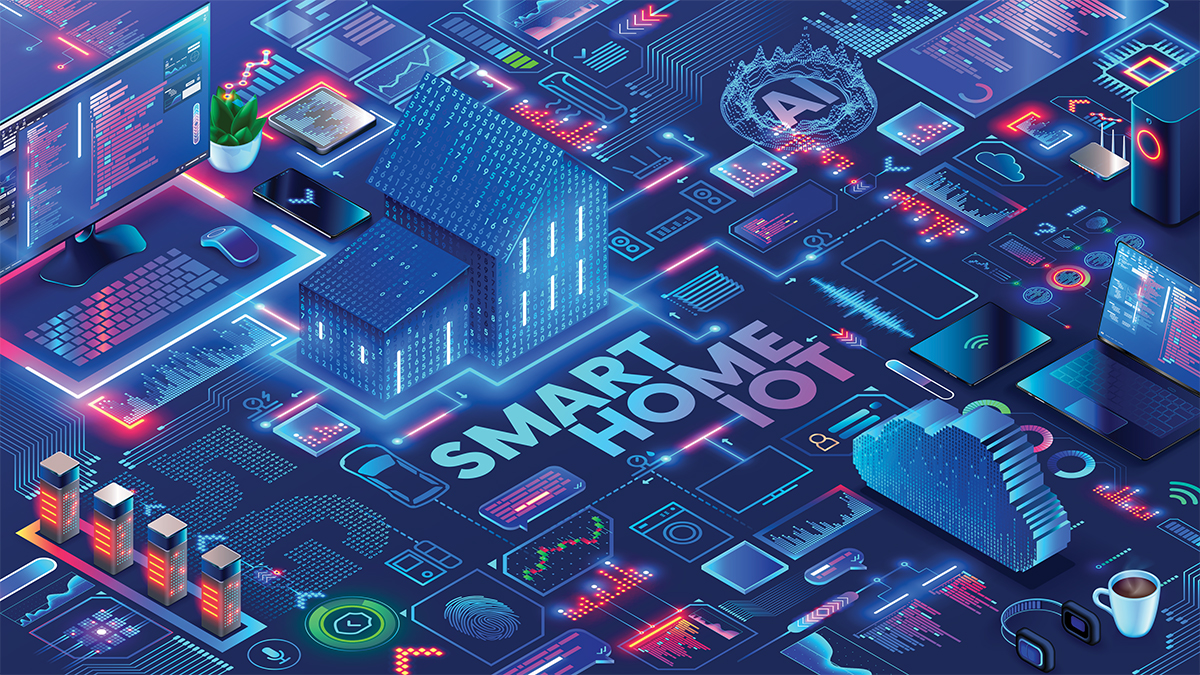

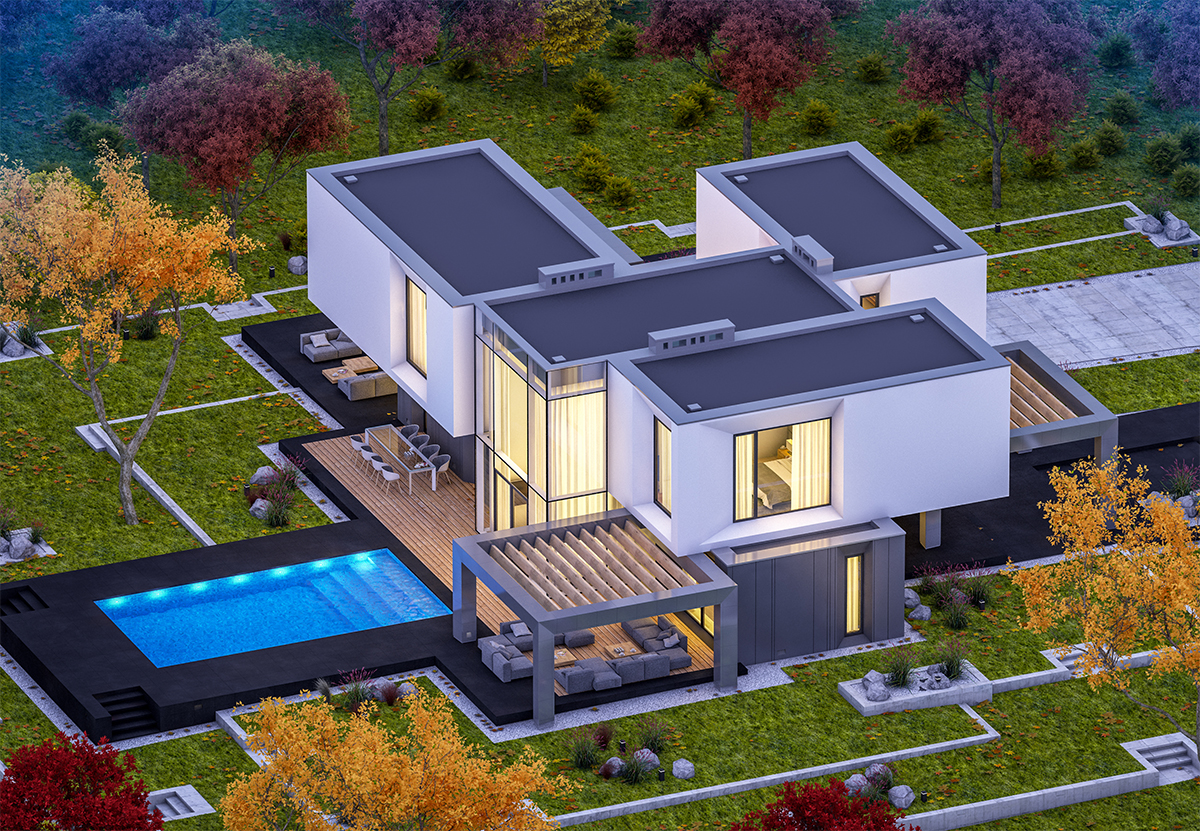



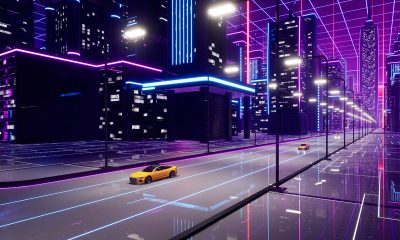

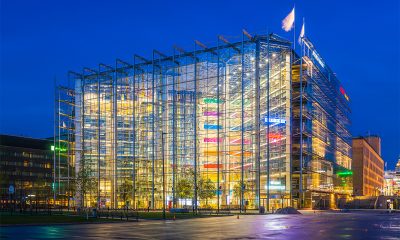

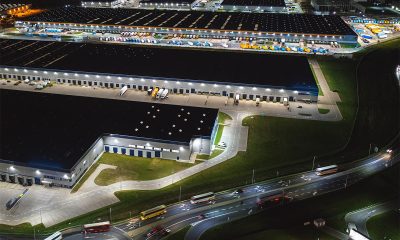

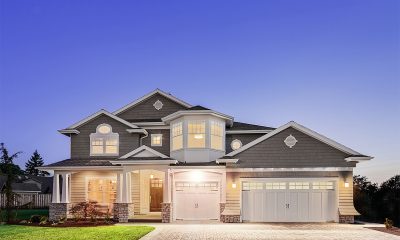

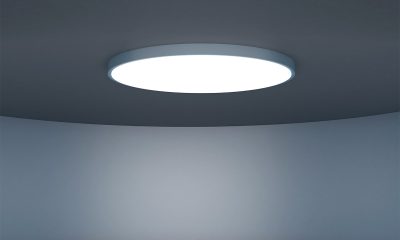





Loading...